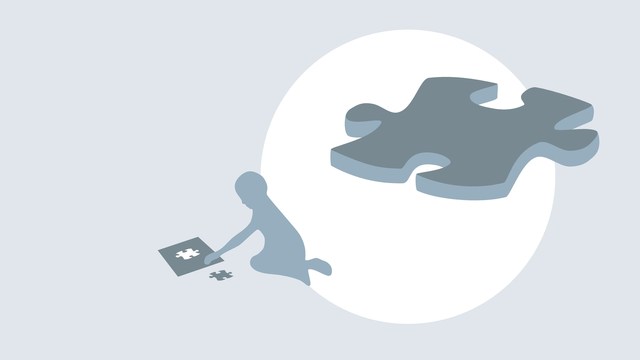In a study conducted by the Centers for Disease Control and Prevention (CDC), one in 303 children has cerebral palsy, a condition that results from damage to the child's brain. The time frame for this neurological damage ranges from being in the womb to age 2. Several types of cerebral palsy exist, which result in different symptoms. For example, while a patient with spastic cerebral palsy has stiff muscles, a patient with dyskinetic cerebral palsy has muscle tone fluctuations. Cerebral palsy can also affect speech and learning, with some patients needing educational support such as classroom modifications.
In addition to the symptoms of cerebral palsy, patients may also have other conditions. The National Institute of Neurological Disorders and Stroke (NINDS) explained that since cerebral palsy affects the brain and several bodily functions, patients can suffer from co-morbid conditions. For example, cerebral palsy patients may suffer from seizures, which results from abnormal electrical activity in the patient's brain. While there are several types of seizures, cerebral palsy patients can experience tonic-clonic seizures or partial seizures; the NINDS noted that about 50 percent of children with cerebral palsy have these types of seizures.
Children with cerebral palsy may have intellectual and developmental disabilities, also called mental retardation, according to W. Carl Cooley, MD and the Committee on Children with Disabilities, authors of the Pediatrics article “Providing a Primary Care Medical Home for Children and Youth with Cerebral Palsy.” The Diagnostic and Statistical Manual of Mental Disorders defined an intellectual and developmental disability as having “significantly subaverage general intellectual functioning that is accompanied by significant limitations in adaptive functioning in at least two of the following skill ares: communication, self-care, home living, social/interpersonal skills, use of community resources, self-direction, functional academic skills, work, leisure, health and safety.” About two-thirds of cerebral palsy patients have this disability, according to the NINDS, which is more common in spastic quadriplegia patients.
Cerebral palsy patients may also have sensory impairments. For example, patients may have strabismus, in which differences in the left eye and right eye muscles cause misaligned eyes, which affects vision. Other co-morbid vision problems include hemianopia, in which the patients has blindness or visual problems that affects the visual field in one eye, and homonymous hemianopia, in which the blindness or visual problems affects the same section of the visual field in both of the patient's eyes, according to the NINDS. Patients may also have stereognosia, in which their sense of touch is affected, which makes it difficult to identify objects by only using touch.
Physical co-morbid conditions can also occur. The NINDS notes that in children with moderate-to-severe cerebral palsy, they can suffer from failure to thrive, in which they have delays in development and growth. Effects of failure to thrive include abnormal shortness, smaller than normal limbs and muscles and not enough weight gain in infants. Some patients may have spinal deformities, which can cause pain and affect movement and sitting. Examples of spinal problems that can occur in cerebral palsy patients include saddle back, curvature and humpback.





Add a CommentComments
There are no comments yet. Be the first one and get the conversation started!